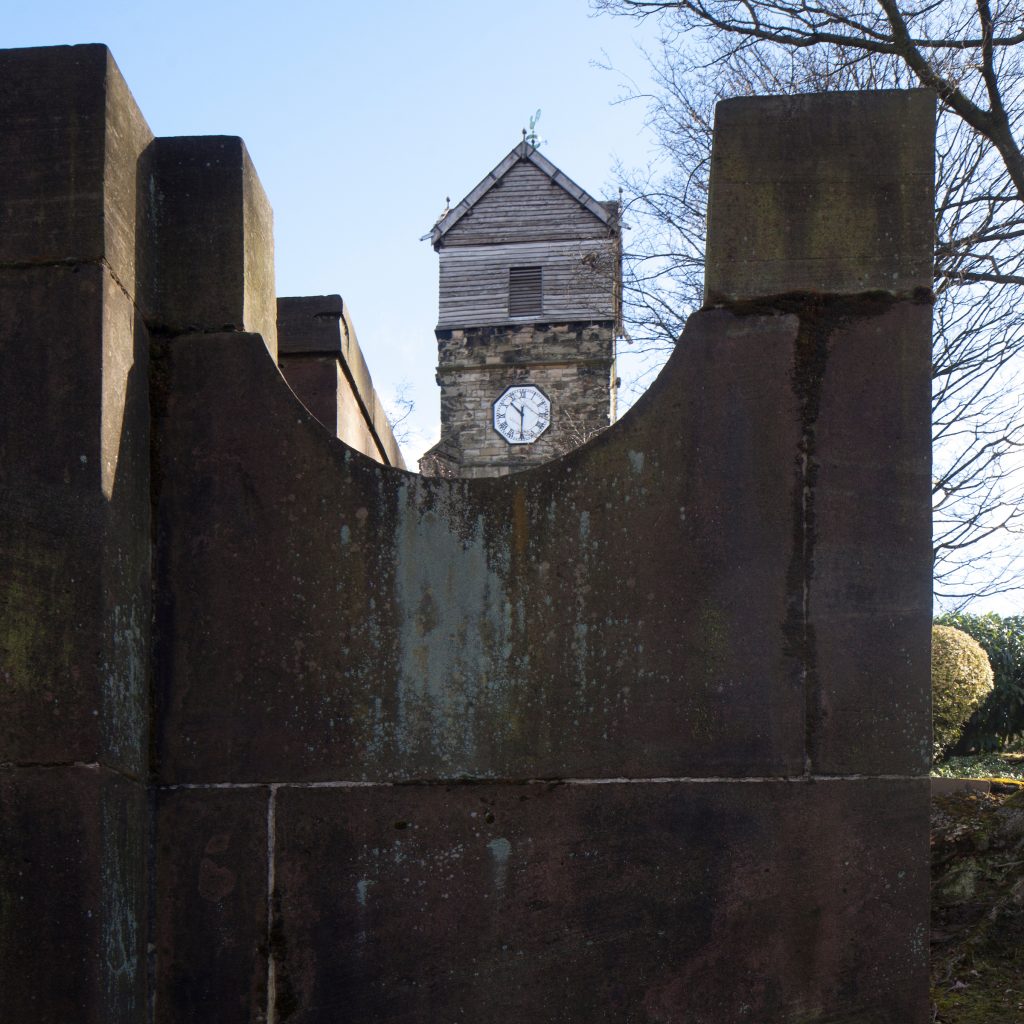
I think it was St. Francis of Assisi who said our hands imbibe like roots, so place them on what is beautiful in this world.
Perhaps, it’s more ‘lens’ than ‘hands’ for me. Over the years the act of photography has gifted me with nourishing insights into people and place, history and material culture. I often visit places with my lens over and over again. It’s as if my camera is leading me through a visual labyrinth of meaning. Sometimes, I can almost hear it whisper like a Pullman deamon: “Do you see it, yet?”
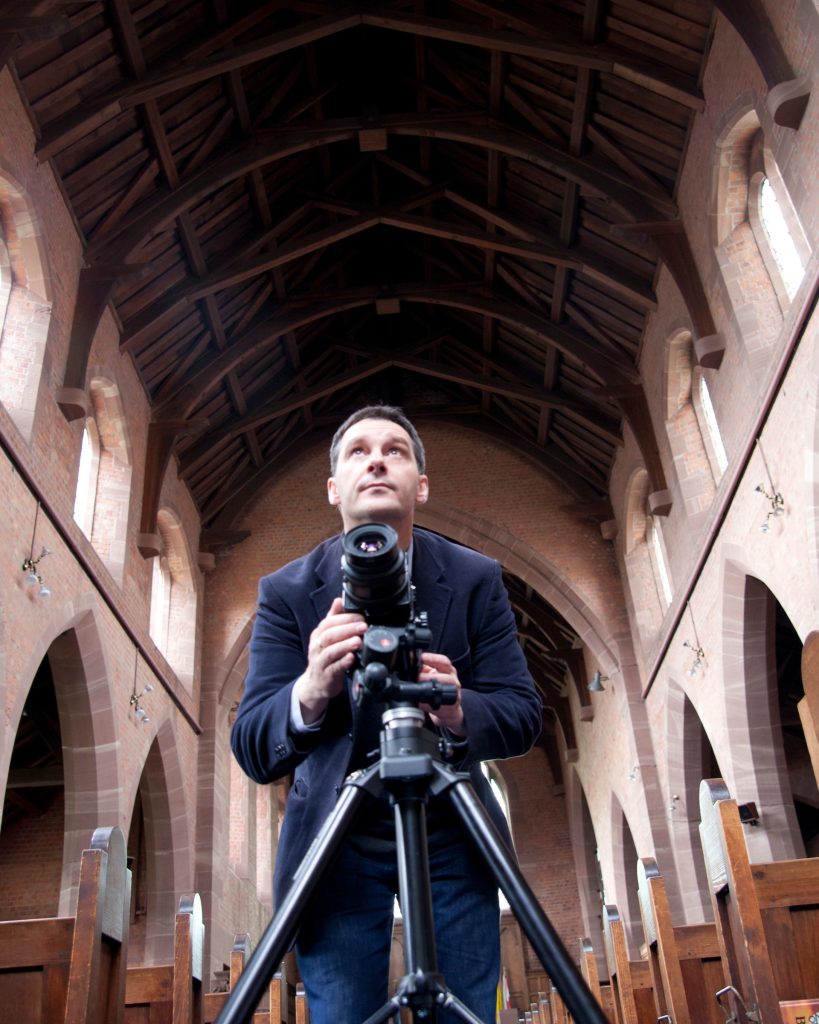
It’s been like that whilst photographing buildings designed by Edgar Wood over the last thirty years. Edgar Wood was born in Middleton near Manchester, and built prolifically there. He was celebrated within the architectural circles of his day and had his buildings and furniture designs much lauded in architectural magazines and the international press at the end of the nineteenth century.
It wasn’t until a recent commission that my lens took me to a new level of understanding of Wood’s work. I was photographing his Exedra – a series of steps in Jubilee Park at the heart of Middleton. I was struck by how much empathy the Exedra had for its surroundings – its plan, shape and form encompassing the idea of people and community and at the same time venerating the medieval church on the hill. The design is refreshing in its modernity but holds within its DNA echoes of the past.
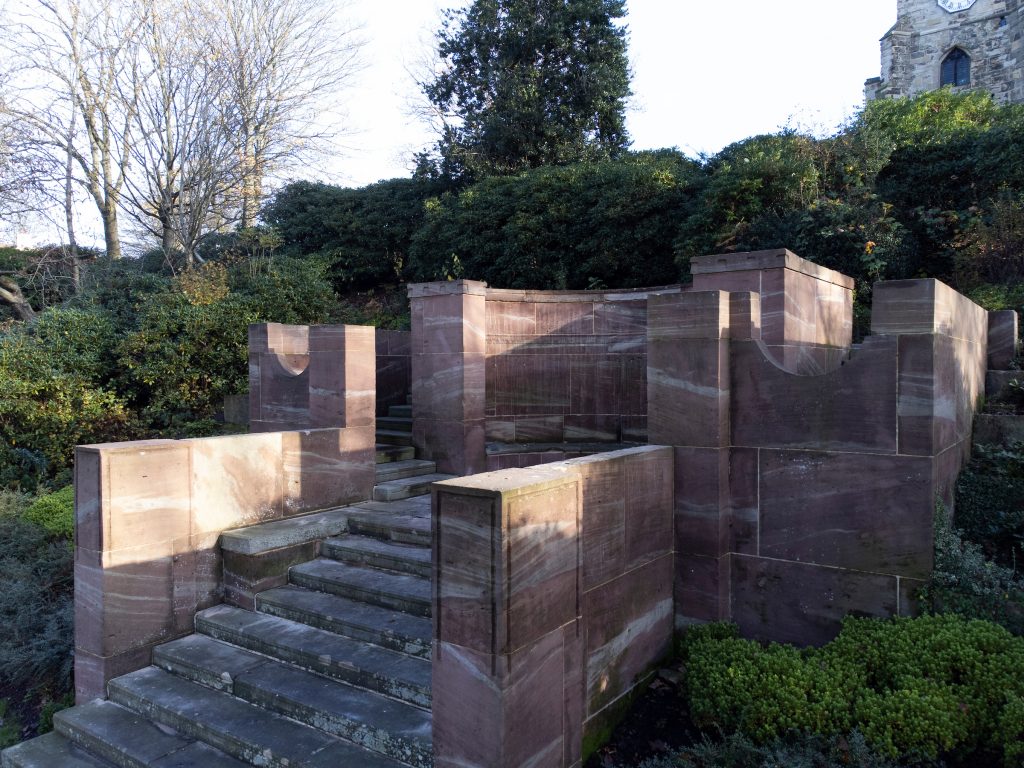
In an address to the Manchester Society of Architects in 1911 Wood underpins the notions of creating new from old: “The notion of an absolute originality … is an absurdity. A man cannot escape in thought, any more than he can in language, from the past and the present. Originality consists in the power of digesting and assimilating thoughts so that they become part of our life and substance.“
After photographing the Exedra I stopped and thought about Edgar Wood’s other buildings in Middleton. Each one has striking individual designs that celebrate the craft of the architect, but (and I hadn’t realised until this point ) each building is sacrificial – formed as totems to recognise and enhance the wider context: Wood’s beloved Middleton. His Exedra is the perfect example – instead of being a destination in itself – it leads the eye to the medieval St. Leonards. It contributes to a visual hierarchy.
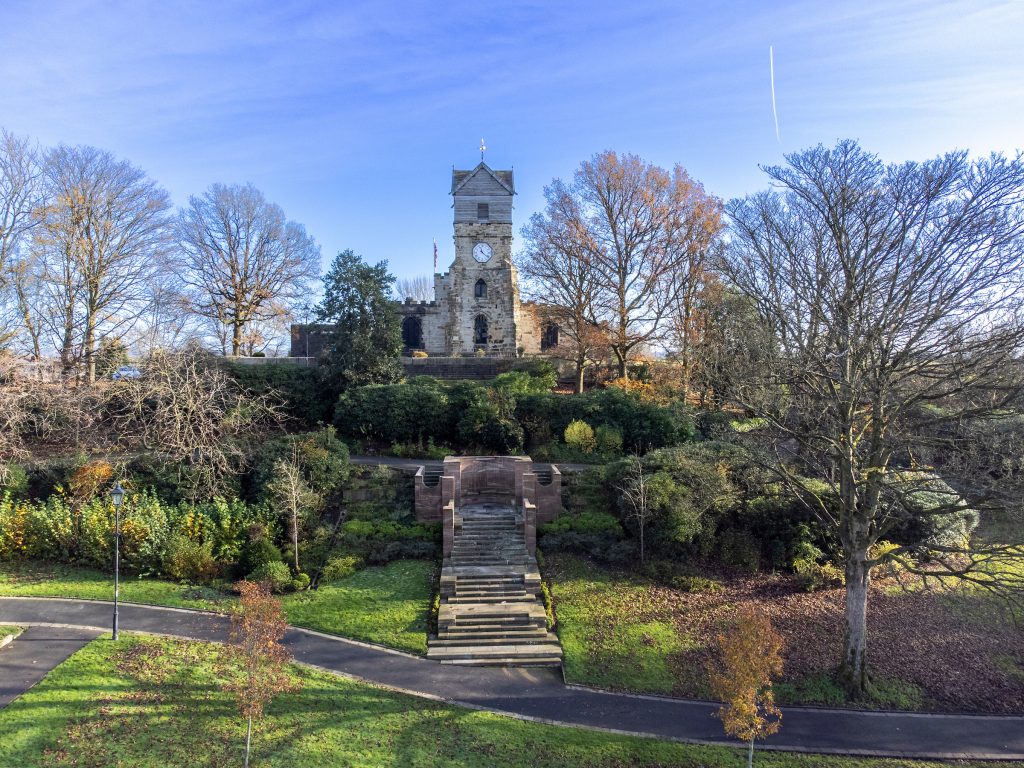
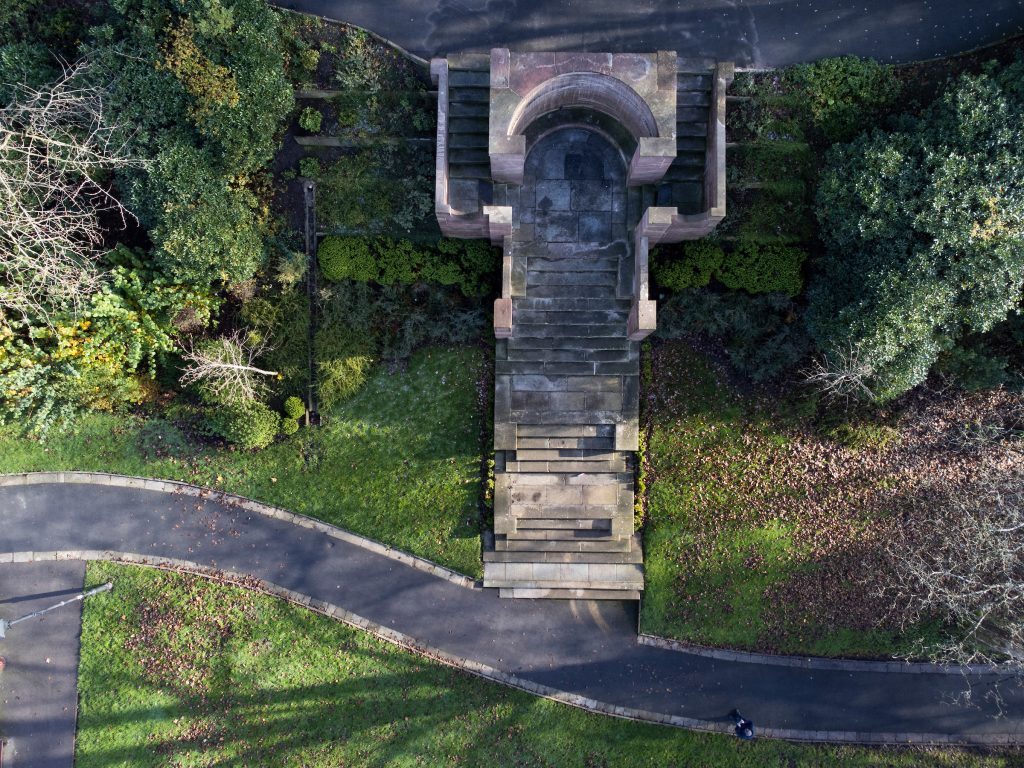
It’s as if my camera is leading me through a visual labyrinth of meaning. Sometimes, I can almost hear it whisper like a Pullman deamon: “Do you see it, yet?”
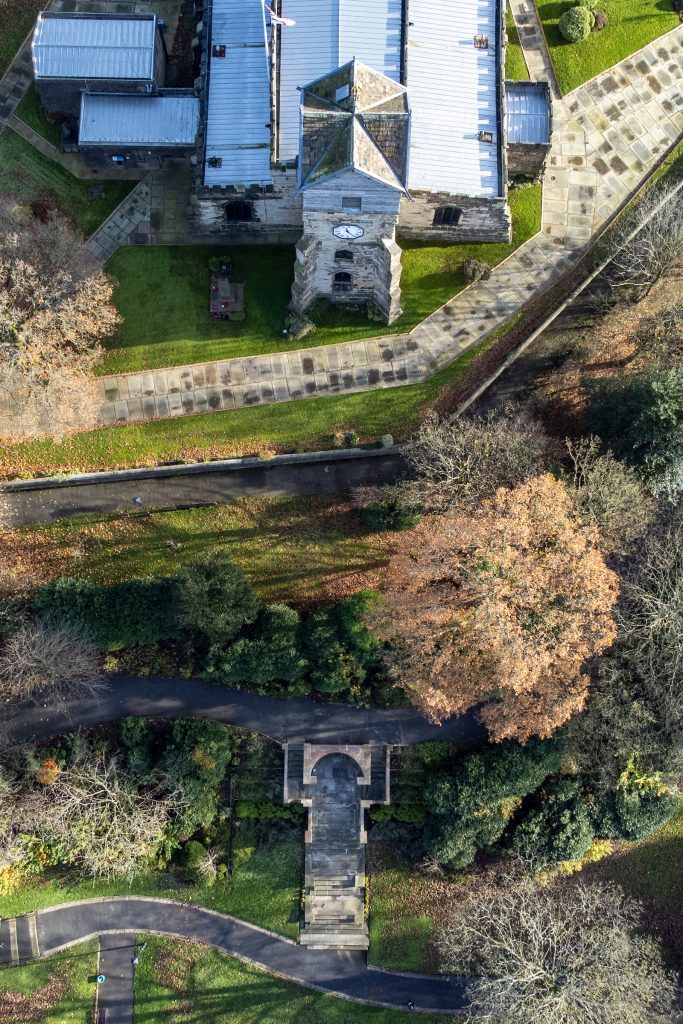
Wood’s legacy goes beyond that of architecture. Edgar Wood’s buildings are evocations of place rather than individual statements – replicating the scale and pattern of surrounding streets and creating new places and spaces that engage people and community to this day. Remarkably he did this across the full gamut of building types – from churches, to banks, to shops and schools. His message was that it is possible to serve a community with architecture.
My lens daemon kept saying it to me that day: it is possible to serve a community with architecture.
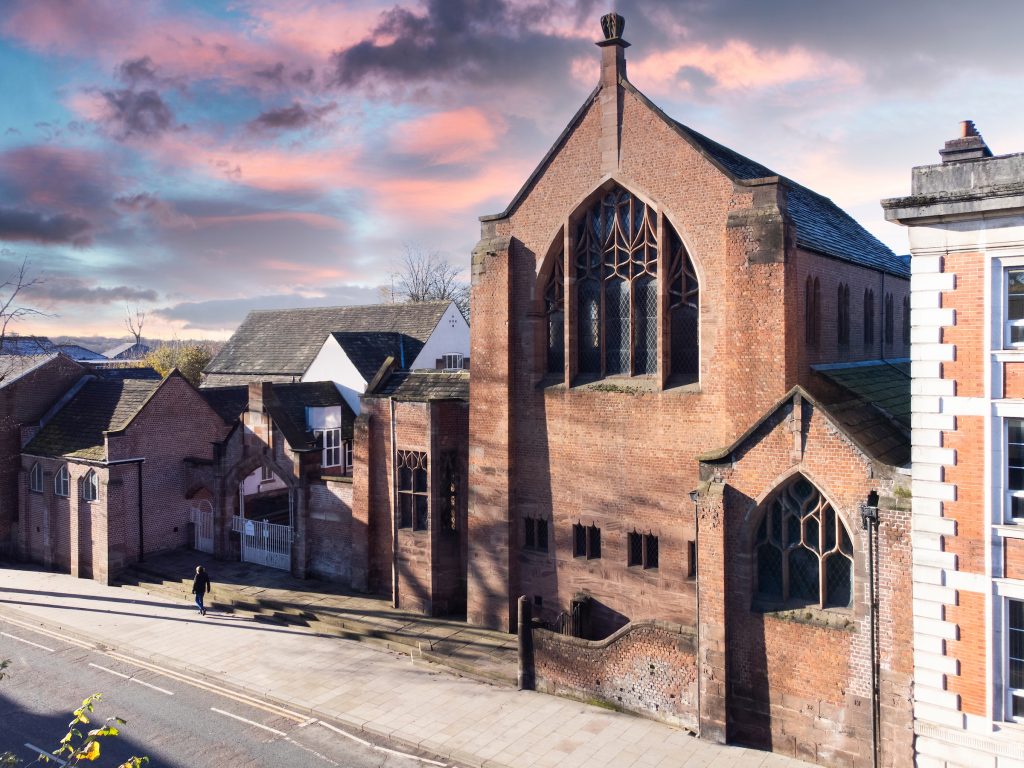
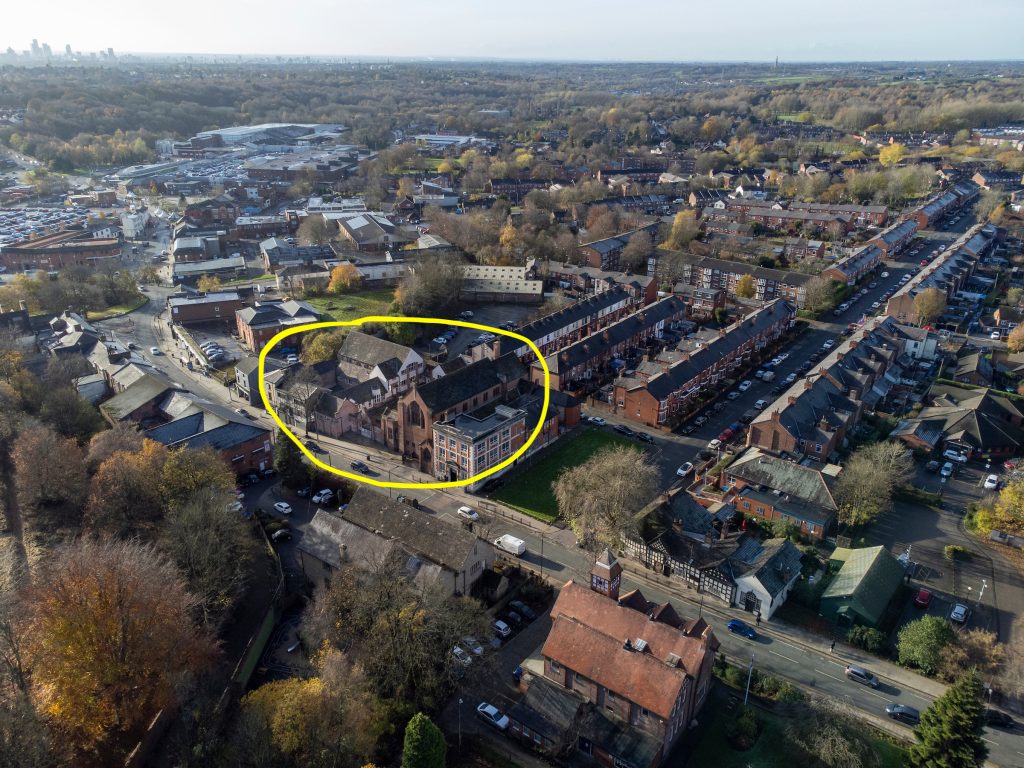
Edgar Wood’s buildings are evocations of place rather than individual statements - replicating the scale and pattern of surrounding streets and creating new places and spaces that engage people and community to this day.
When photographing Edgar Wood’s buildings, I’m reminded of Alain de Botton’s words:
“If our interest in buildings and objects is indeed determined as much by what they say to us as by how they perform their material functions, it is worth elaborating on the curious process by which arrangements of stone, steel, concrete, wood and glass seem able to express themselves – and can on rare occasions leave us under the impression that they are talking to us about significant and touching things.”
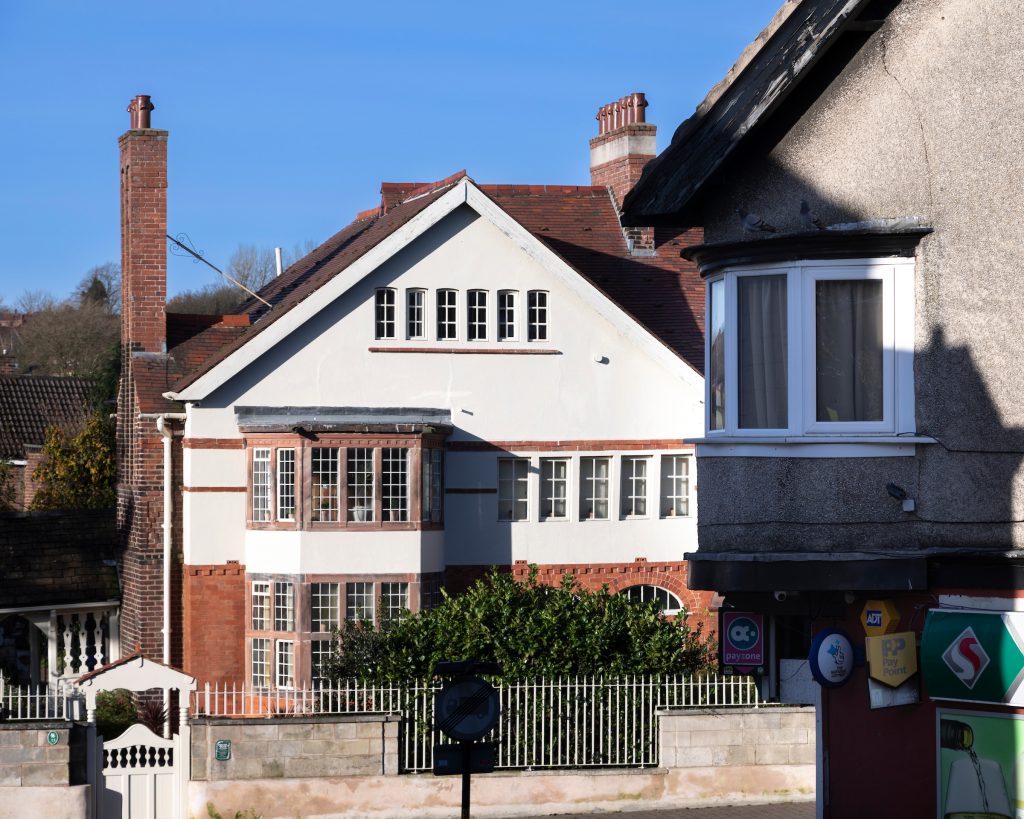
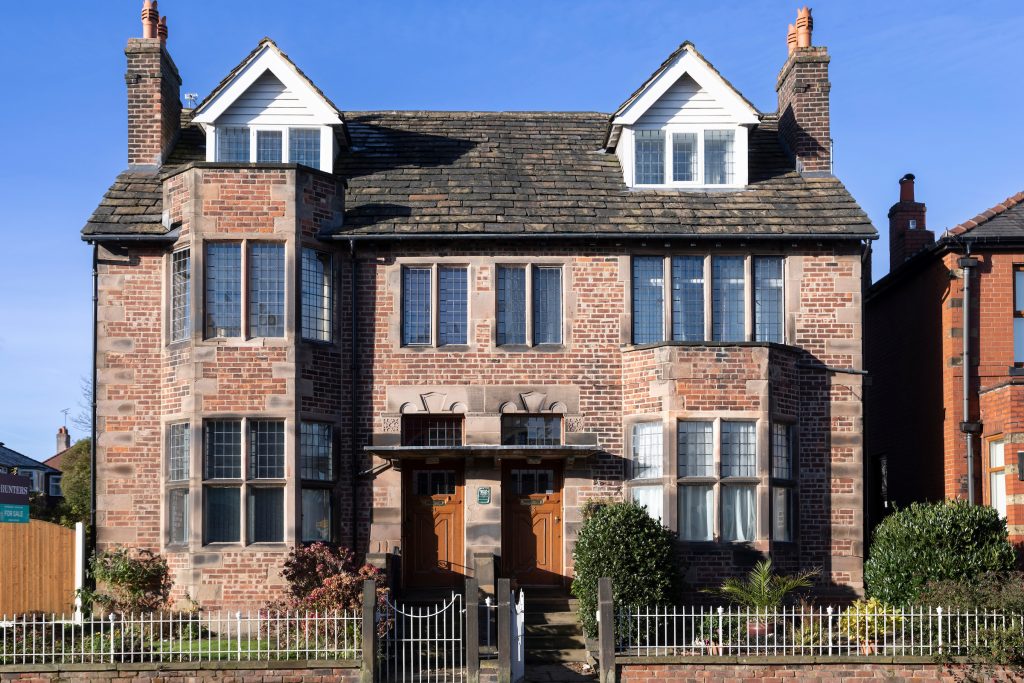
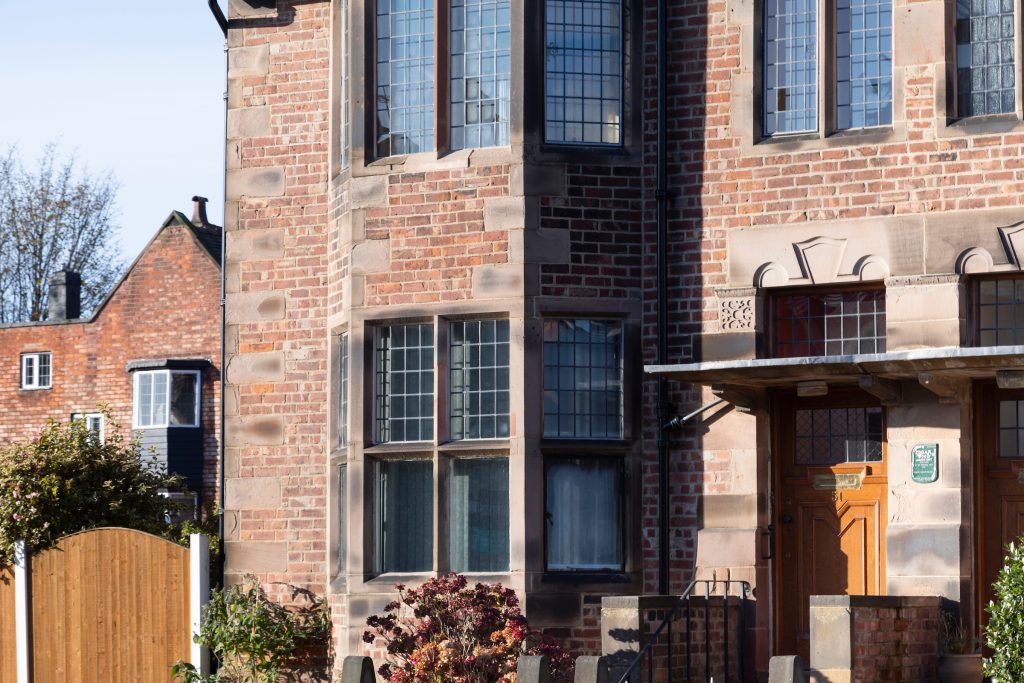
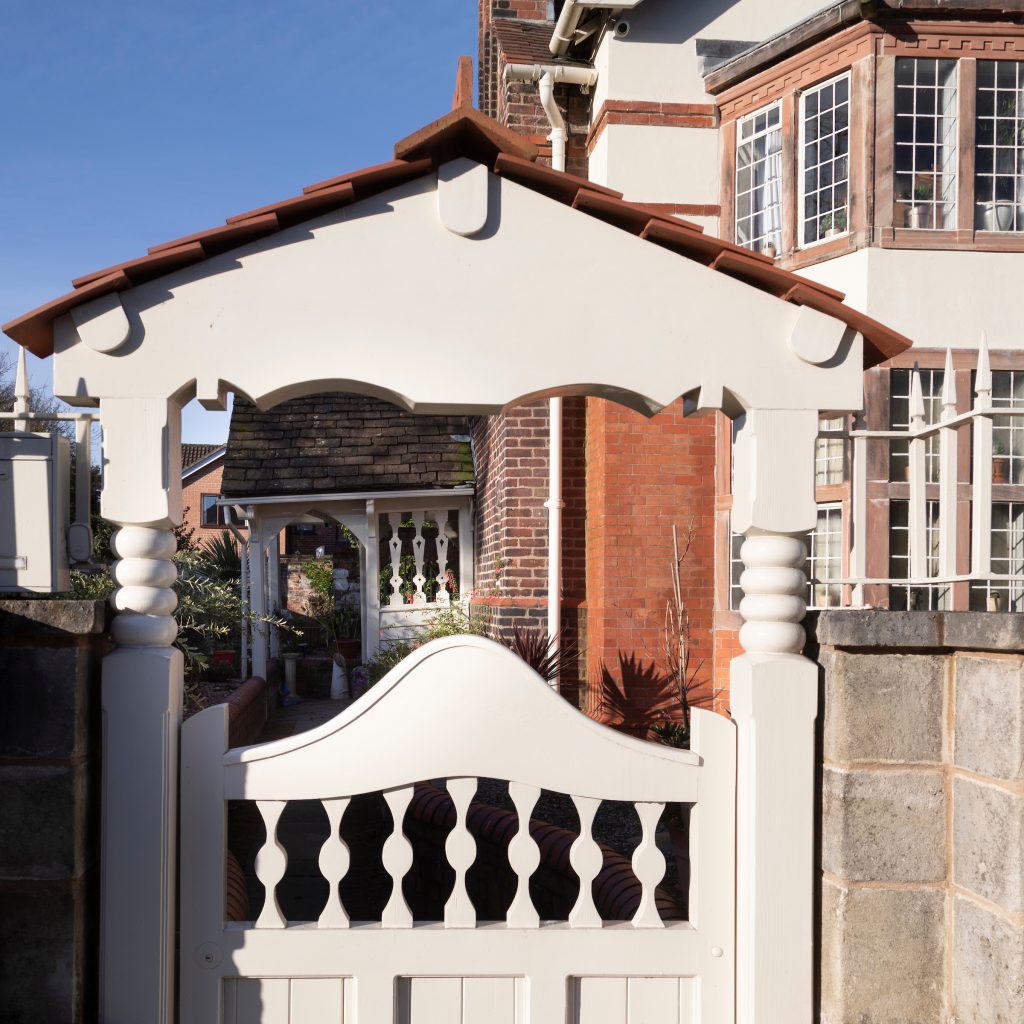
It is also worth elaborating on the curious process by which arrangements of stone, steel, concrete, wood and glass can also leave a place feeling soulless; how badly and how often we get it wrong. What is remarkable about Wood’s legacy is that he served his community by overcoming the cost benefit inertia of the modern age and turned Alain de Botton’s ‘rare occassions’ into a daily, immersive experience for the people of Middleton.
Wood’s impact, therefore, goes beyond the buildings he designed – it sets out a template for future interactions with our places. I’m thankful to Wood for this lesson and, upon proposed buildings in my community, I shall ask the question: “Is the architect serving the community with his design? Will I feel good around this building, and does this building recognise the context of its surroundings? Ultimately, does it contribute to a sense of place?'
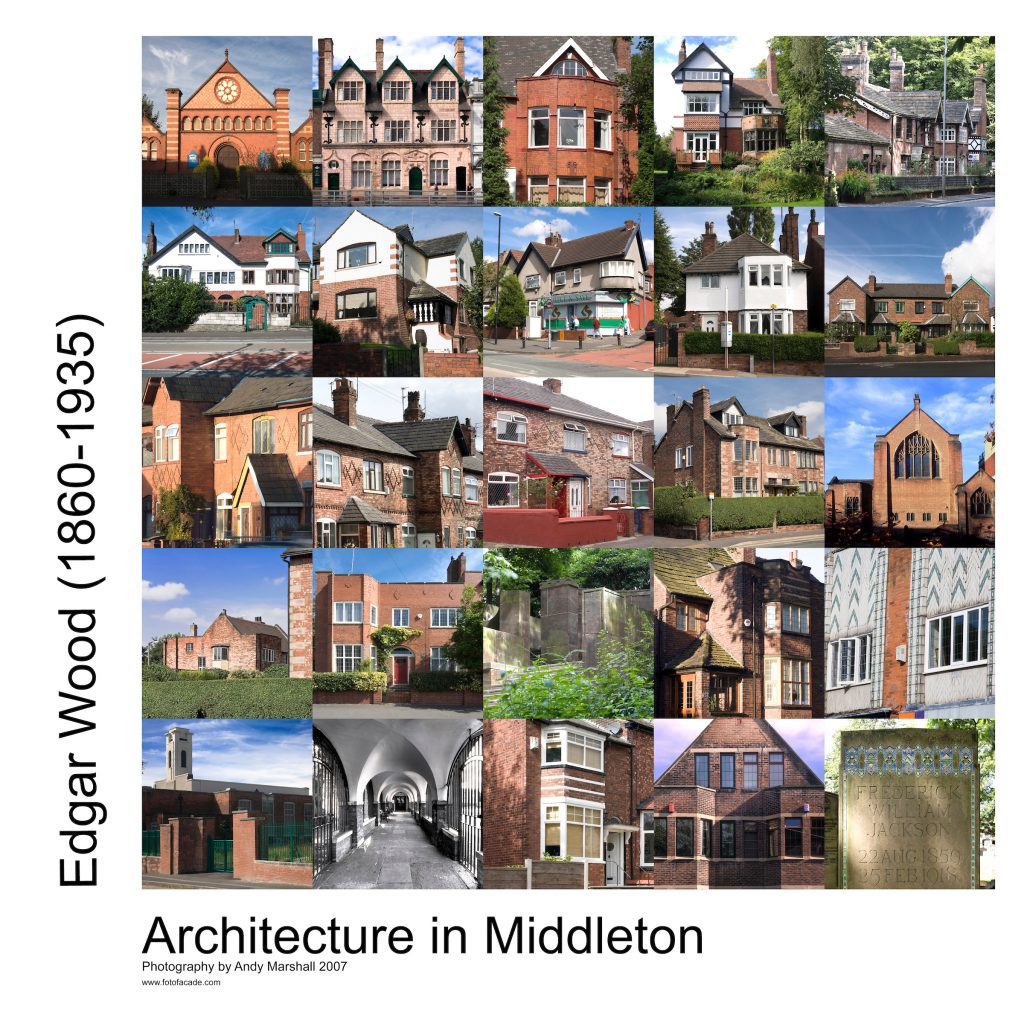
Middleton is an architecture park. For information, leaflets, tours and trails of Edgar Wood’s remarkable legacy contact The Edgar Wood Society.

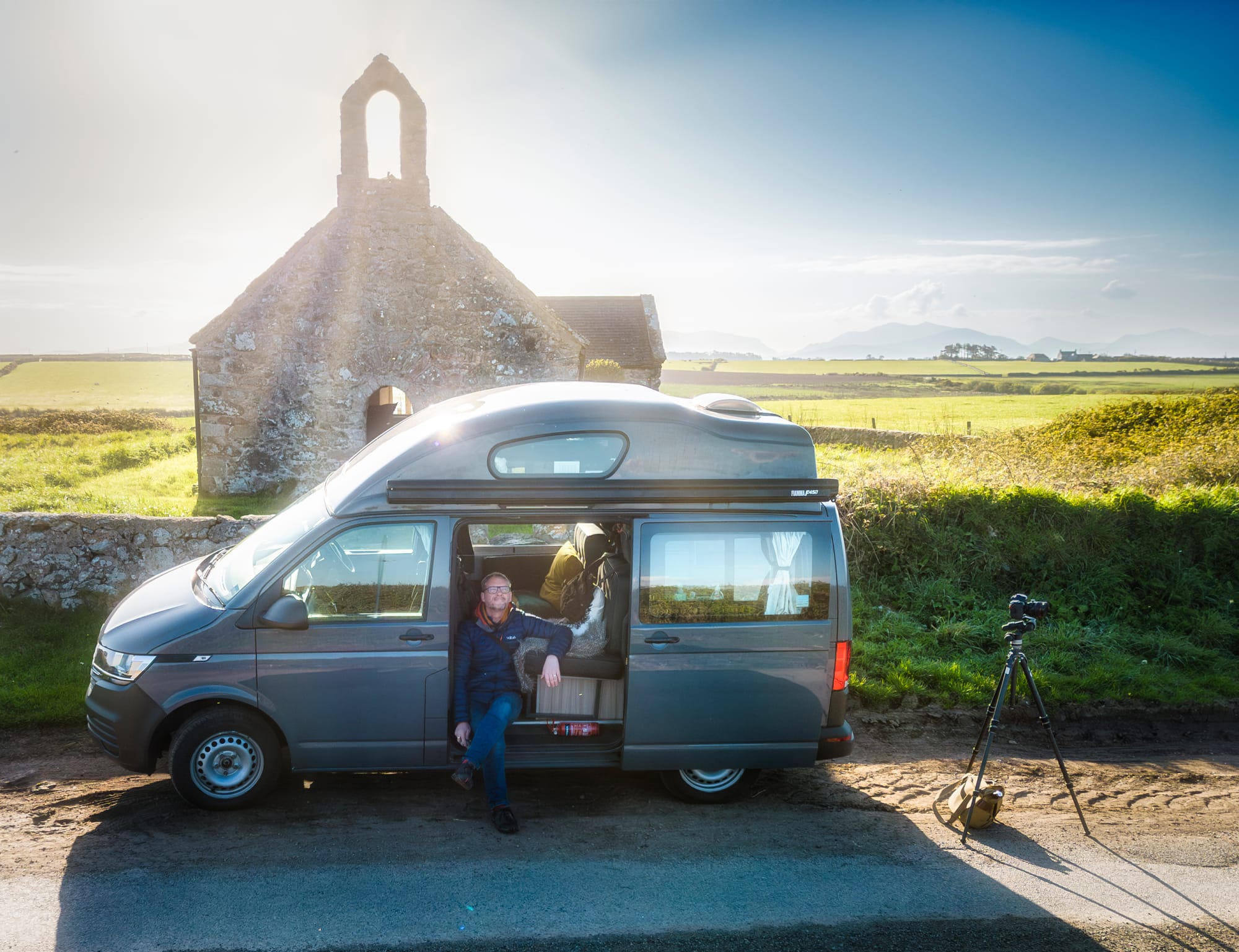
Subscribe to my Genius Loci Digest for free
'This Digest helps keep the past alive as a memory bank. Many of the answers can be found in the wisdom that sits in places, because buildings that survive from the past are the mouthpiece of history. In this Digest I tell stories about them and my encounters with them.'
SubscribeSpirit of Place * History * Material Culture * Heritage * Continuity * Photography * Travel * Architecture * Vanlife * Ways of Seeing * Wellbeing * The Historic Environment * Churches * Art * Building Conservation * Community * Place Making * Alternative Destinations * Hidden Gems * Road Trips * Place Writing *
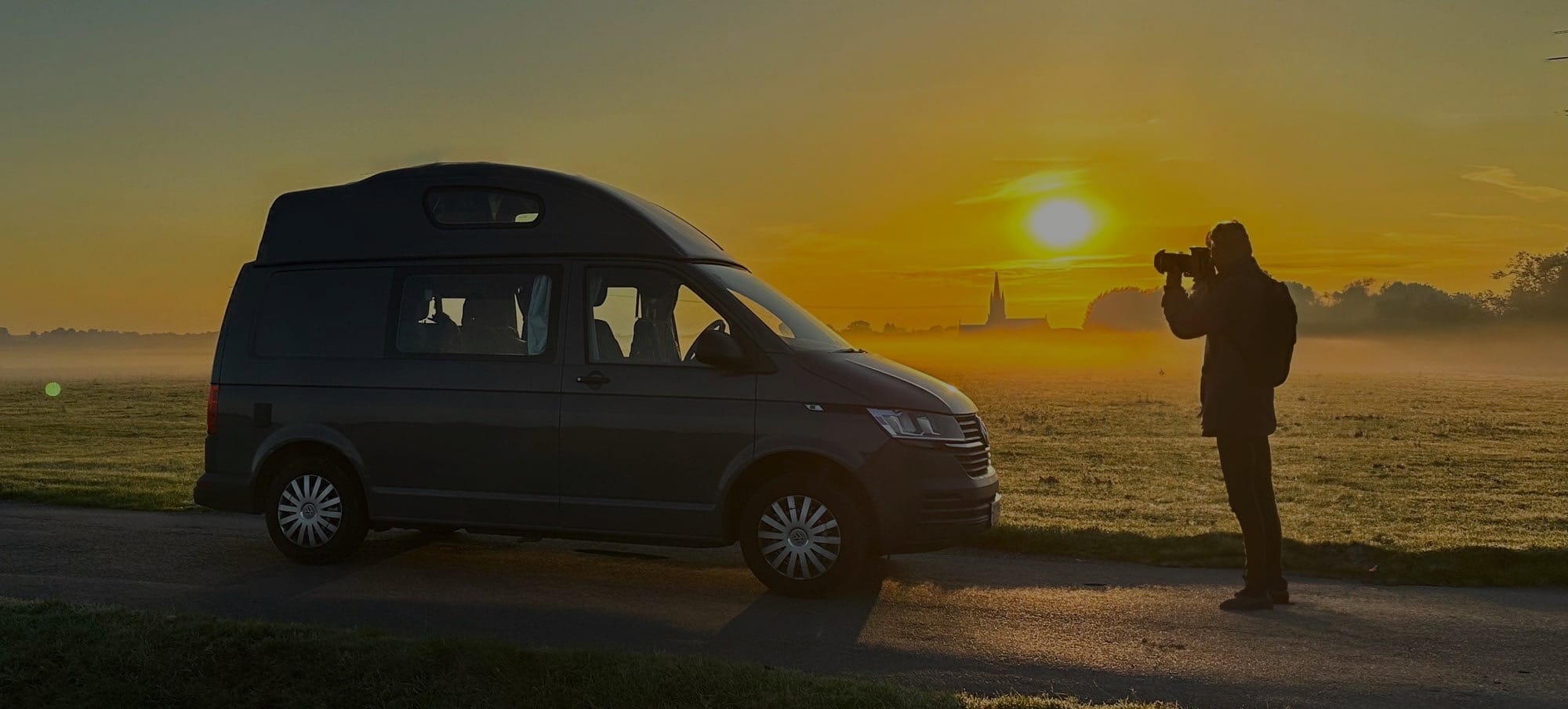



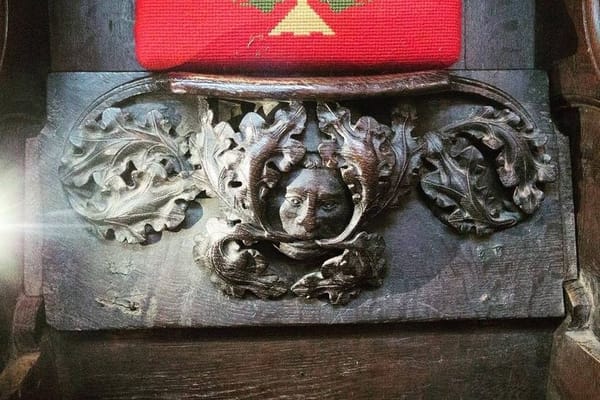

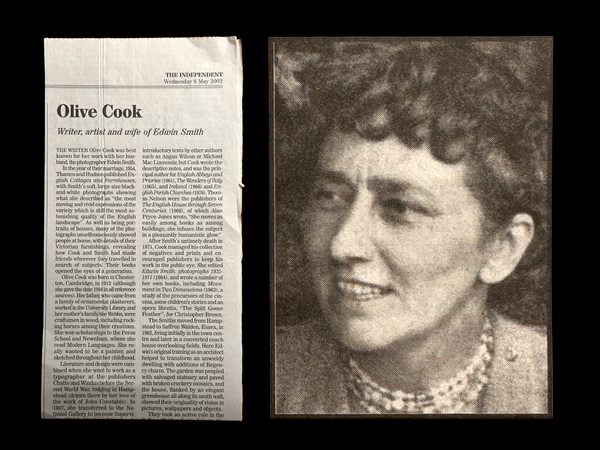
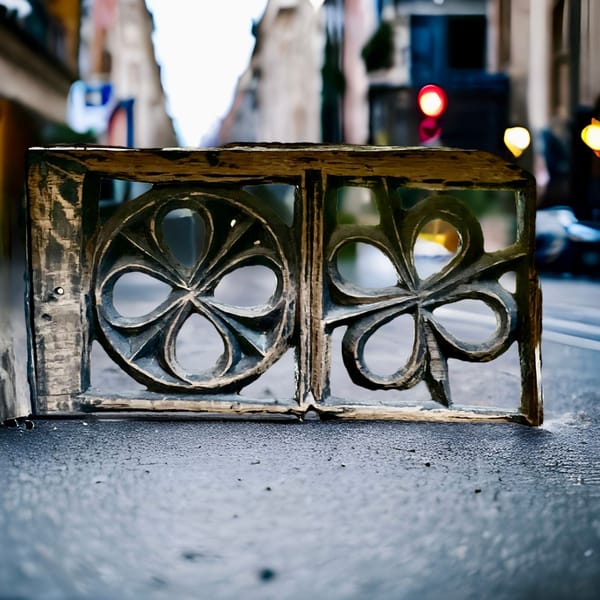
Member discussion